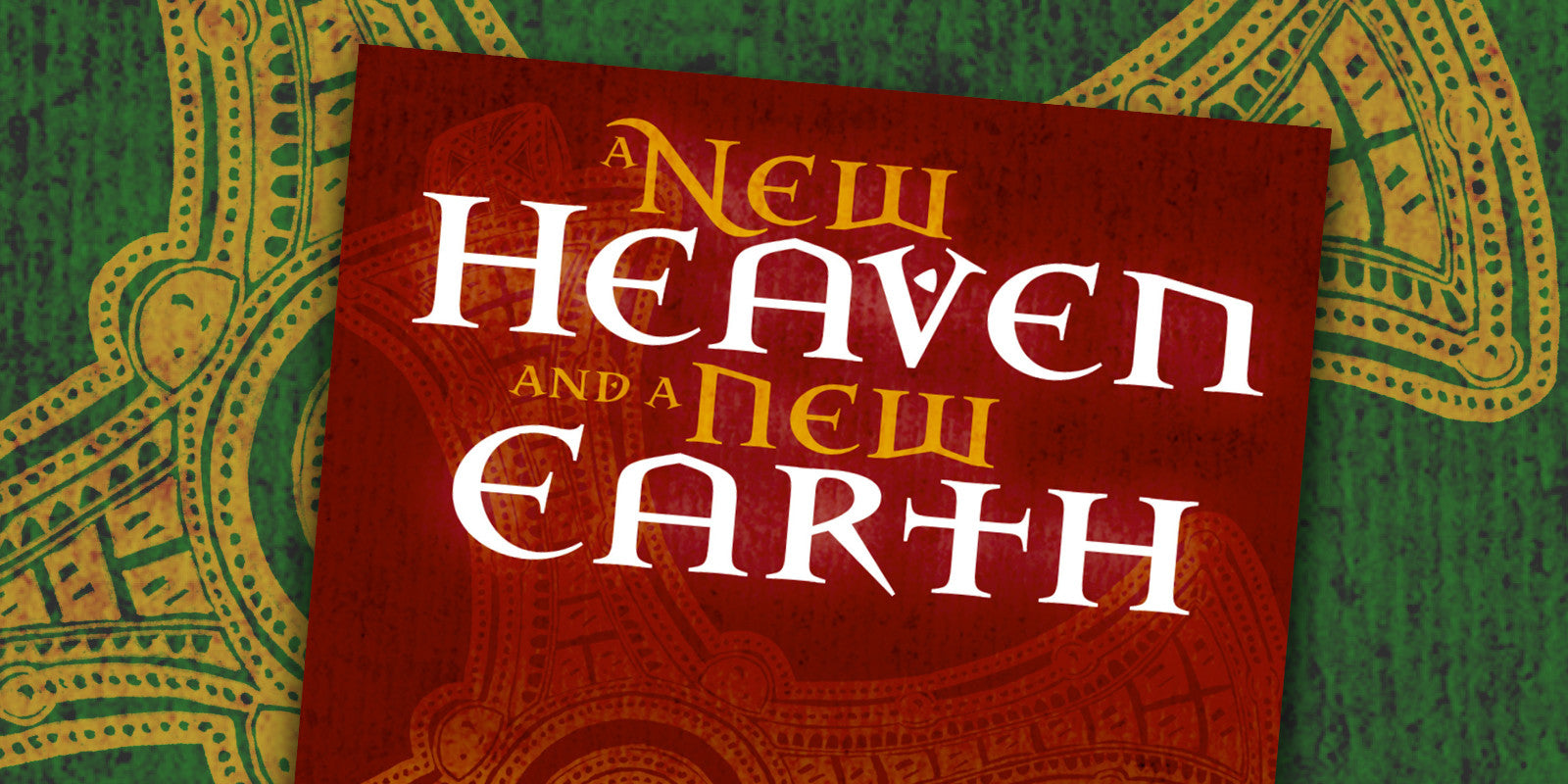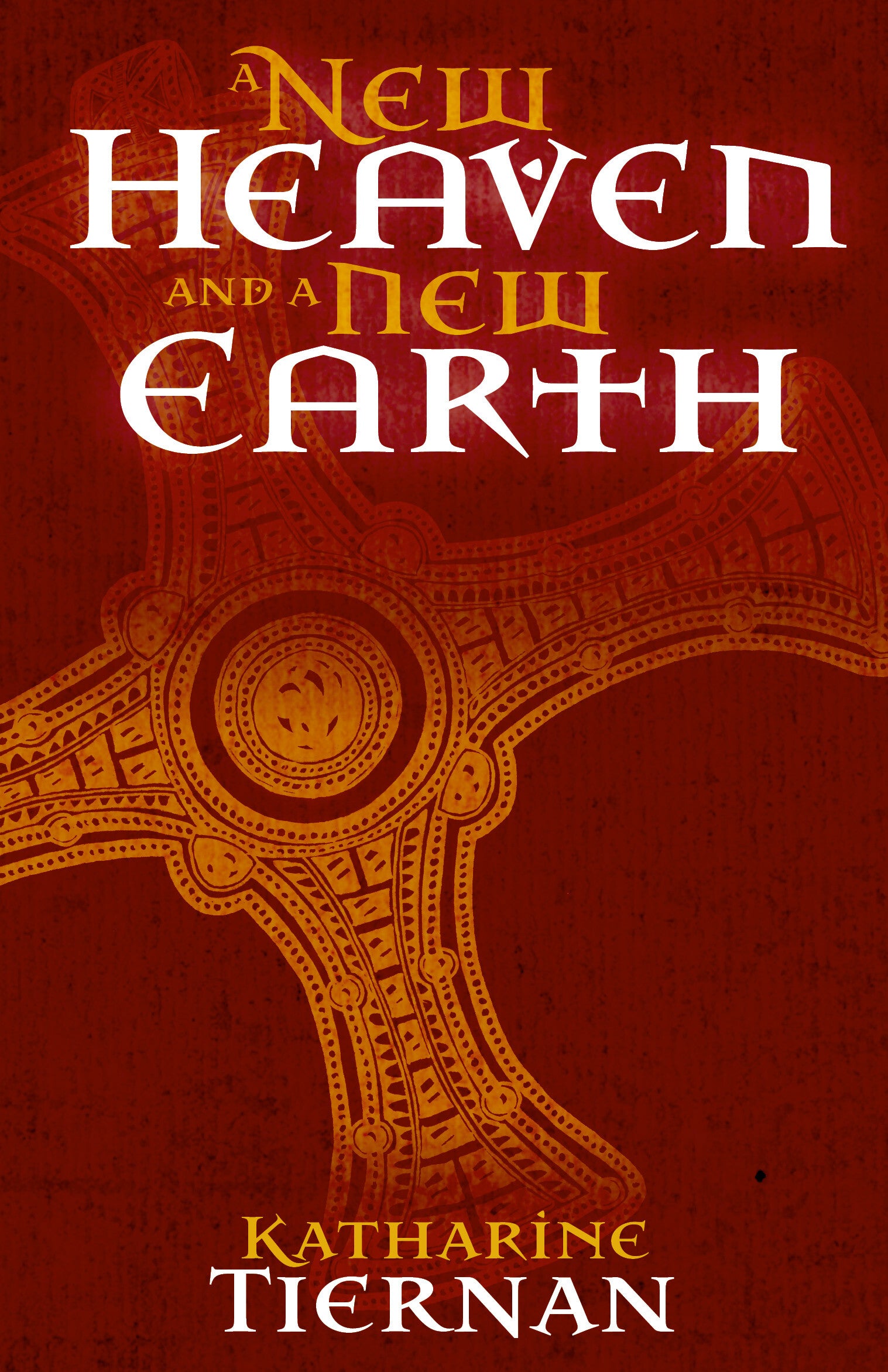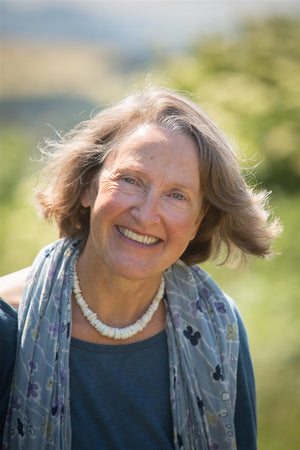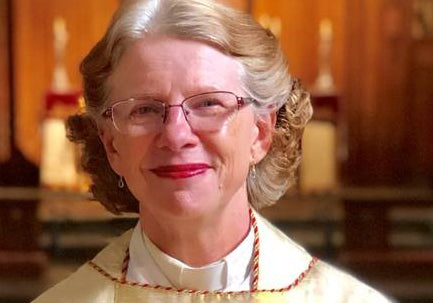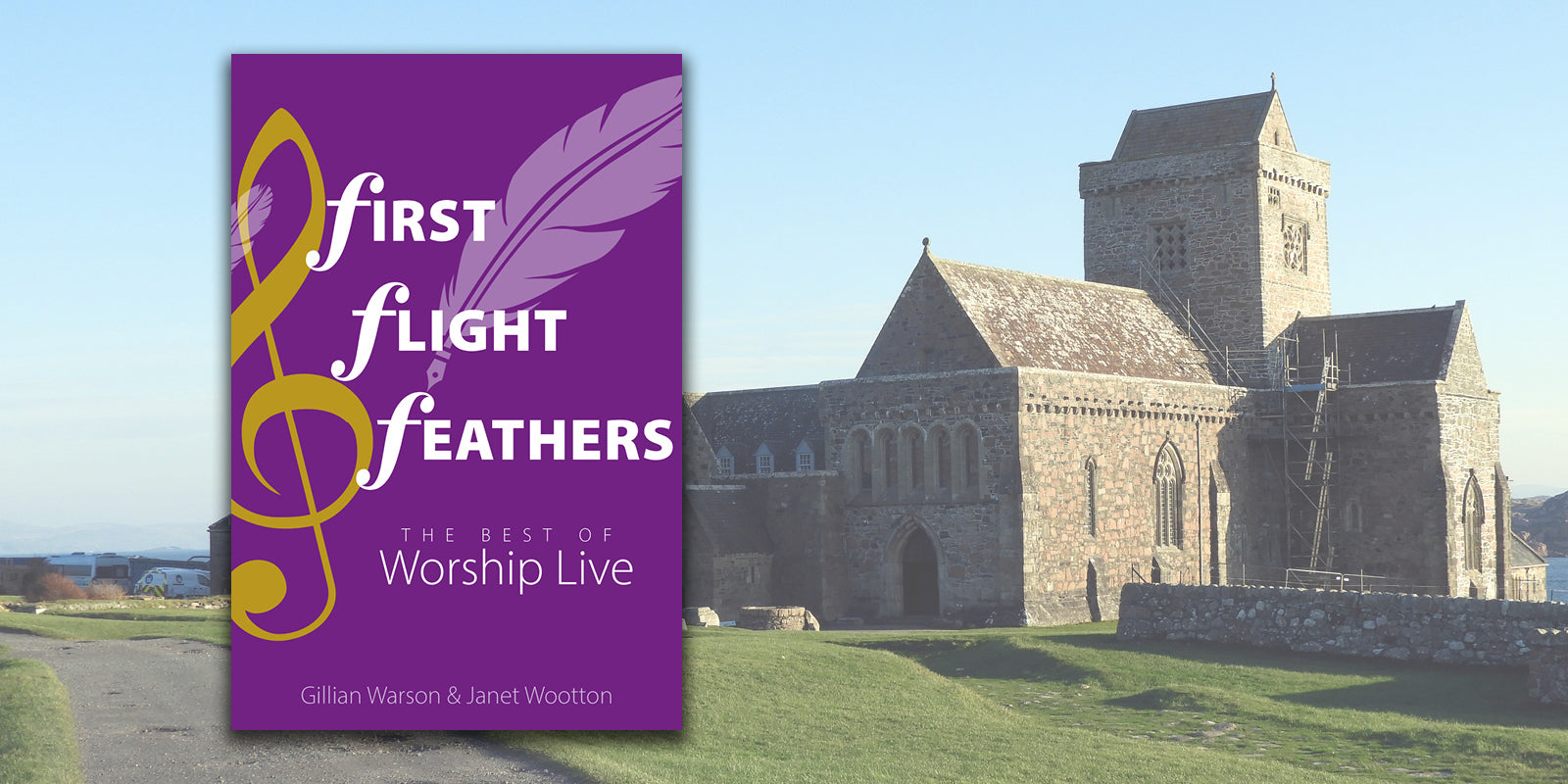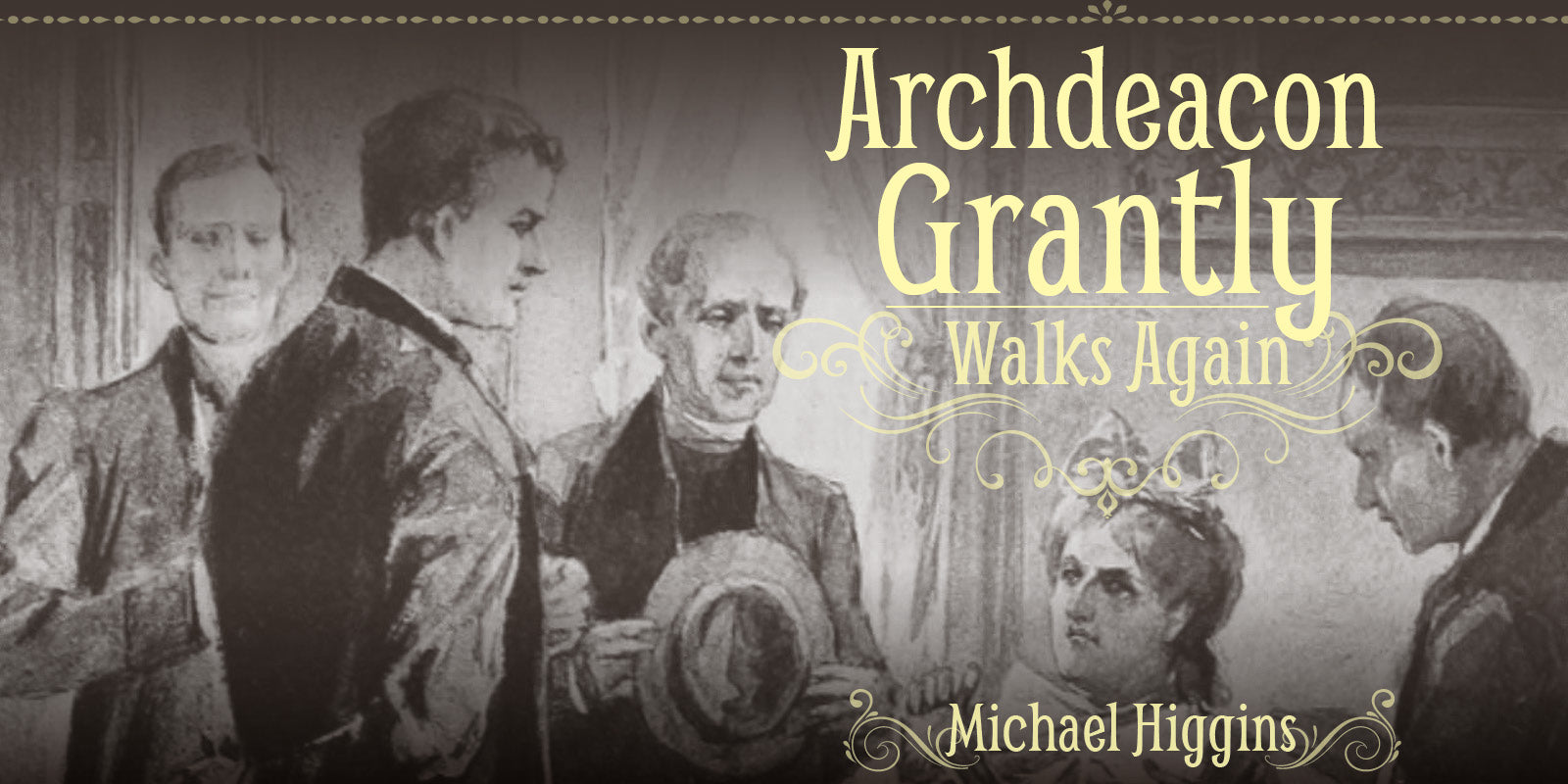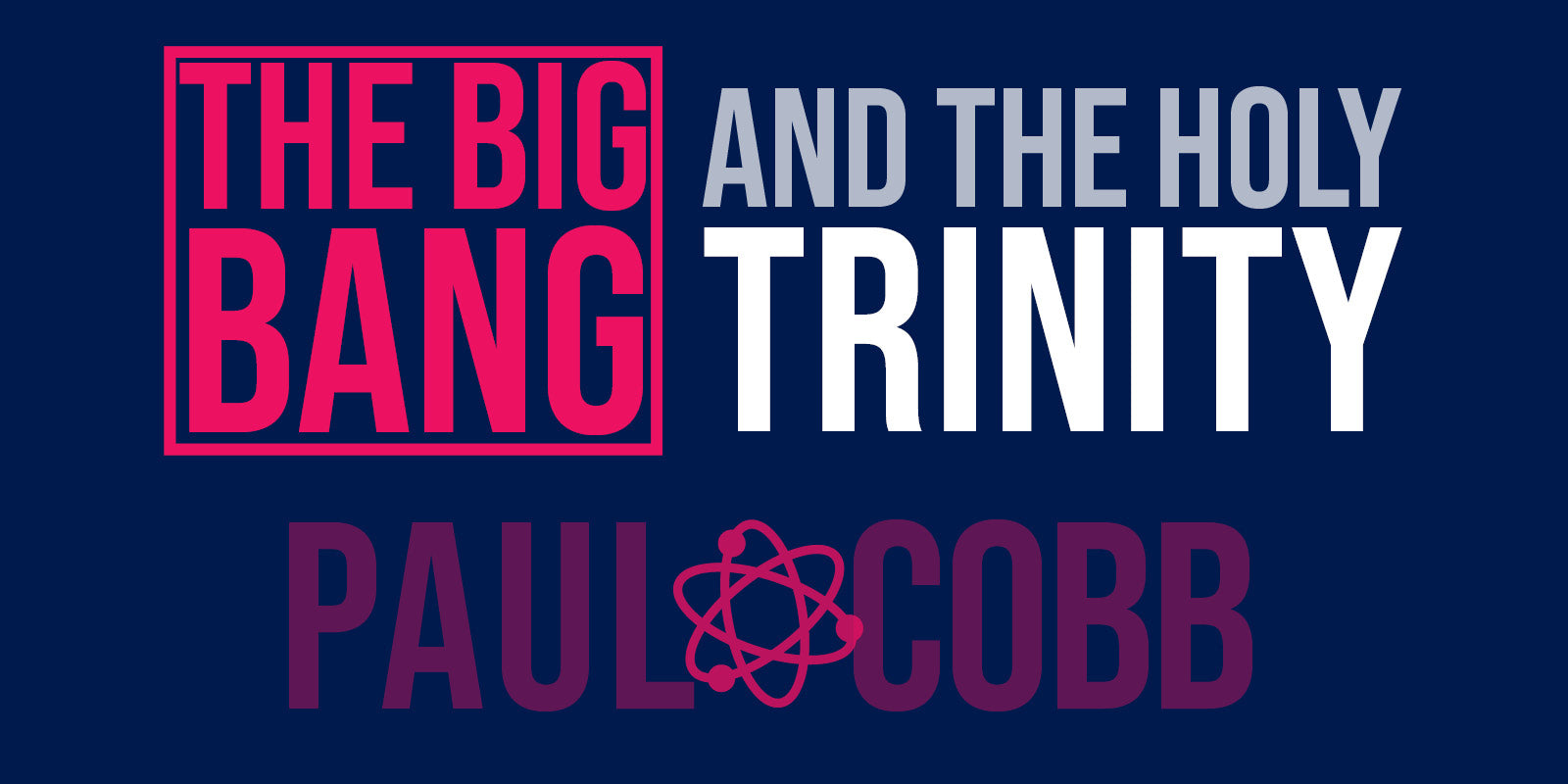.jpg) GUEST BLOG: Writing a novel is like being in lockdown, says author Katharine Tiernan. It feels as if it will never end and then suddenly it’s all picnics and barbecues…
GUEST BLOG: Writing a novel is like being in lockdown, says author Katharine Tiernan. It feels as if it will never end and then suddenly it’s all picnics and barbecues…
After months of struggle redrafting the final section, of long mornings feeling “I can’t write another word”, the text of A New Heaven and a New Earth, the third novel of the trilogy, was completed in the early summer. My go-to companions of the lockdown, Edith, Thorgot and Aldwin, fell silent. I was left to dabble with an Afterword and changing the odd quotation. But the characters, the three voices who are the life of the story, were done with me.
Who were they? Real people living in real times. We know about them thanks to a church historian, Simeon of Durham, who wrote in the post-Conquest period of the eleventh century. Thorgot, an Anglo-Norse adventurer who was to become Prior of Durham and builder of the cathedral, gets plenty of column inches, as does Aldwin, a visionary who sought to rebuild the Golden Age of Northumbria’s early spirituality. Edith, the dean’s wife, warrants only a line. She is not named. It wasn’t a good time to be a woman.
My task as a historical novelist is to evoke the texture of their lives, the feel of that Anglo-Saxon world, and to recreate the events that shaped them. As a historian, Simeon is not given to extensive character analysis but he does give hints about the personalities of both Thorgot and Aldwin. For Edith, nothing. She is defined only by what befell her. Of the three, she is the most fully fictional character in the novel. But regardless of source, as soon as the writing starts, as soon as they start to speak directly, the characters take on a life of their own. For me this is the most energising and enjoyable aspect of writing a novel, the sense that the characters are “coming through” and finding their own dynamic without too much conscious interference from me. Their voices shape the action of the novel, albeit within the constraints of historical event. I get attached to my characters. I’m missing them already and I can’t wait for you to meet them.
Even at a distance of almost a thousand years, the brutality of the Norman Conquest hasn’t lost its power to shock. For the North in particular, it was devastating. The Northumbrian rebels used guerrilla tactics of ambush and tactical withdrawal against William’s armies. In response, to cut off all means of support for their forces, William ordered the genocidal destruction known as the Harrying of the North. Even by the standards of the day, it was horrific. Simeon writes:
In consequence of the Normans having plundered Northumbria and the adjacent provinces so great a famine prevailed that men, compelled by hunger, devoured human flesh, that of horses, dogs and cats and whatever custom abhors; others sold themselves to perpetual slavery, others while about to go into exile from their country fell down in the middle of the journey and gave up the ghost. It was horrific to behold human corpses decaying in the houses, the streets and the roads, swarming with worms, for no-one was left to bury them in the earth, all being cut off either by the sword or by famine. Meanwhile the land being thus deprived of anyone to cultivate it for nine years, an extensive solitude prevailed all around. There was no village inhabited between York and Durham; they became lurking places to wild beasts and robbers and were a great dread to travellers.
Simeon of Durham, Regia Anglorum
The Norman Conquest wasn’t just a change at court. Everything changed. The ownership of the land became concentrated into the hands of a relatively small number of Norman warlords. They built themselves castles to dominate the native population and levied punitive taxes that made the lives of ordinary people wretched. In place of the nuanced mutual dependency of Anglo-Saxon relationships, the relationship of master and man became one of domination and exploitation. The language of power became French. And the senior management of the Church, the bishops, also became Norman. Bishoprics became political appointments. Lanfranc, the new archbishop, was a fervent advocate of clerical celibacy.
At Durham, the Community of St Cuthbert—guardians of a tradition stretching back four hundred years—found themselves in crisis, caught up in hostile political cross-currents. It is easy to think that the Anglo-Saxon past was lost altogether. Durham has a Norman castle and a Norman cathedral, and it is certainly true that the cult of St Cuthbert acquired a new and wholly fabricated tradition of misogyny after the Norman takeover. But in other ways the changes were skin-deep.
What emerges from the stories of Edith, Thorgot and Aldwin is a largely untold version of events that affirms an underlying continuity between the saint of Bede’s eighth-century Life of Cuthbert and the ongoing tradition at Durham. All three of them, from widely differing backgrounds, felt the influence of the saint as their lives were brought together in a series of extraordinary concatenations involving siege, shipwreck, pilgrimage and papal decree. There was loss and tragedy, but also renewal. I hope this re-telling of their story will take you back to Durham Cathedral with a new perspective on the great tradition of the shrine.
Katharine Tiernan is a Northumbrian by birth and spent many childhood afternoons on the shores of Lindisfarne. Her latest novel, A New Heaven and a New Earth, is set at the time of the Harrying of the North. Caught between the Northumbrian rebels and their brutal new Norman masters, the Community of St Cuthbert at Durham is struggling to survive. This final novel in the Cuthbert trilogy tells the story of the survival of the shrine and the foundation of Durham Cathedral. Get your copy today.
